Abstract
The reproductive behaviour of couples with heterozygous beta thalassaemia, with at least one affected child, was investigated for the period 1955 to 1984 and was compared to the behaviour of control couples matched for age, age at marriage, and presence of at least one child. The comparisons were made as a function of knowledge of the risk and availability of prenatal diagnosis and abortion. It was found that the couples segregating for Cooley's anaemia, before knowledge of the risk, had a higher reproductive rate than that of control couples. Knowledge of the genetic risk had a different effect on reproductive behaviour in the 1950s from that in later years. The difference was attributed both to the influence of cultural factors and to technical, therapeutic, and diagnostic advances.
Full text
PDF
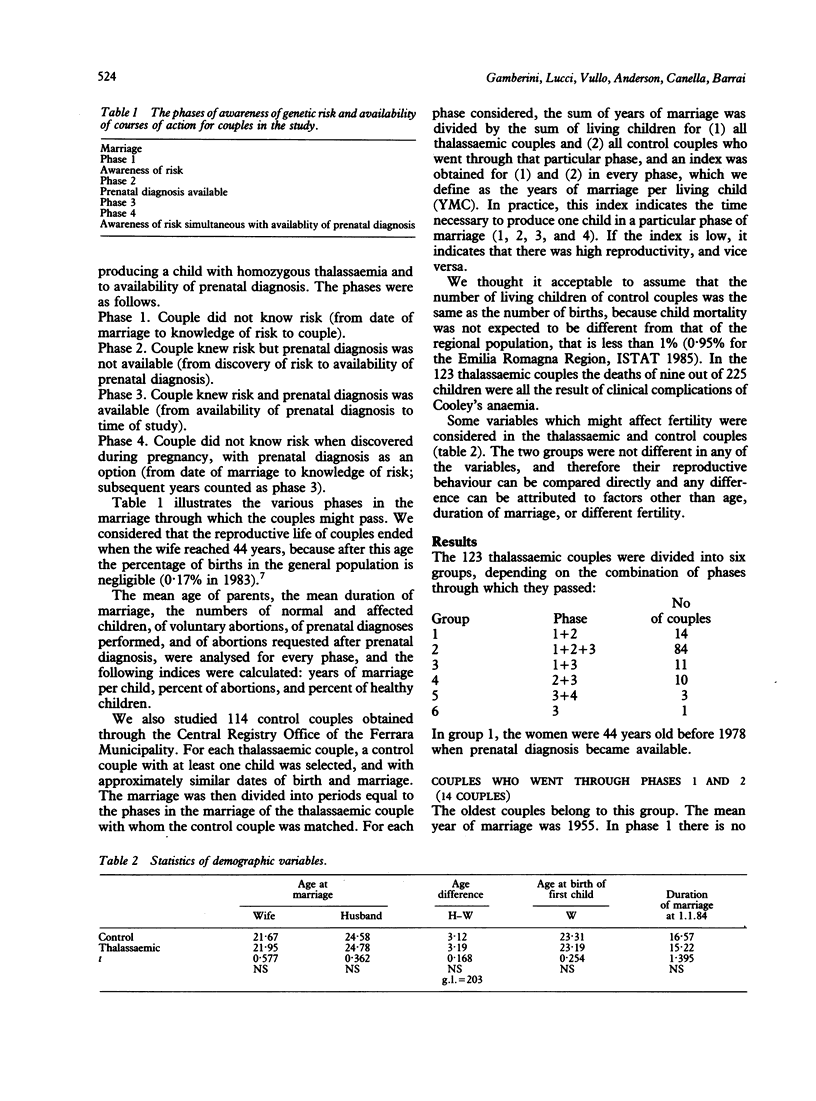
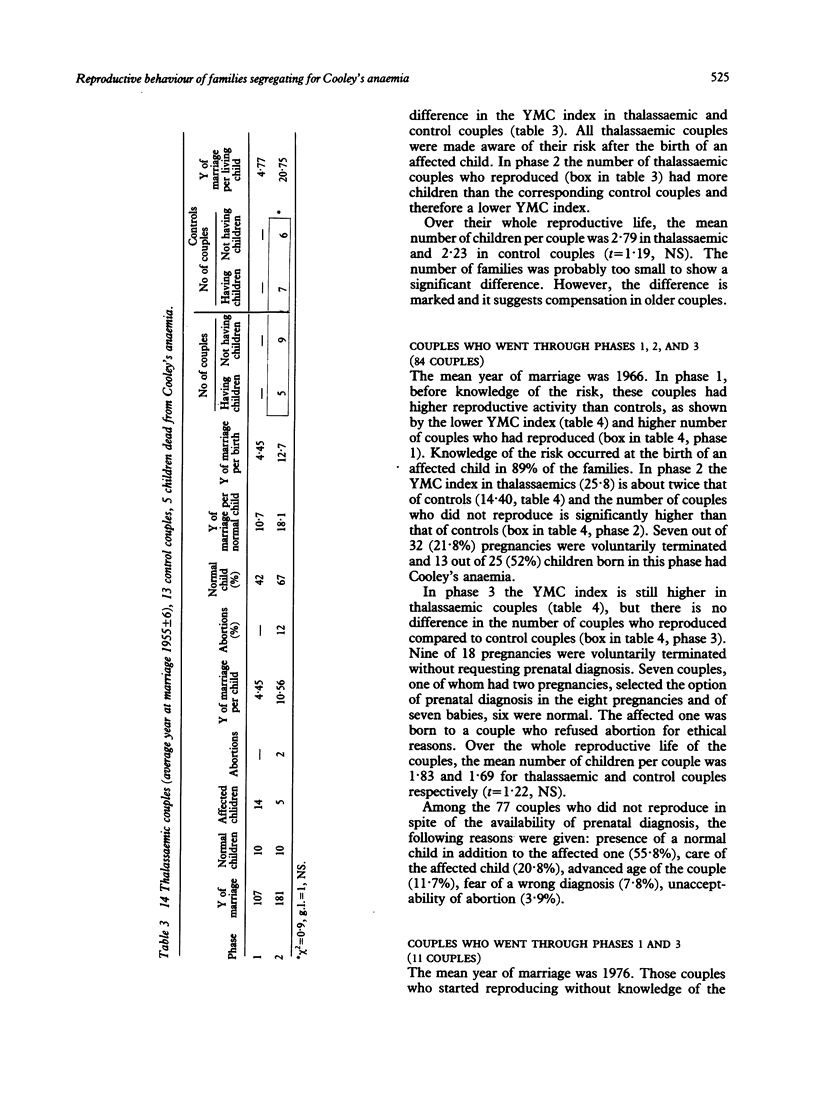
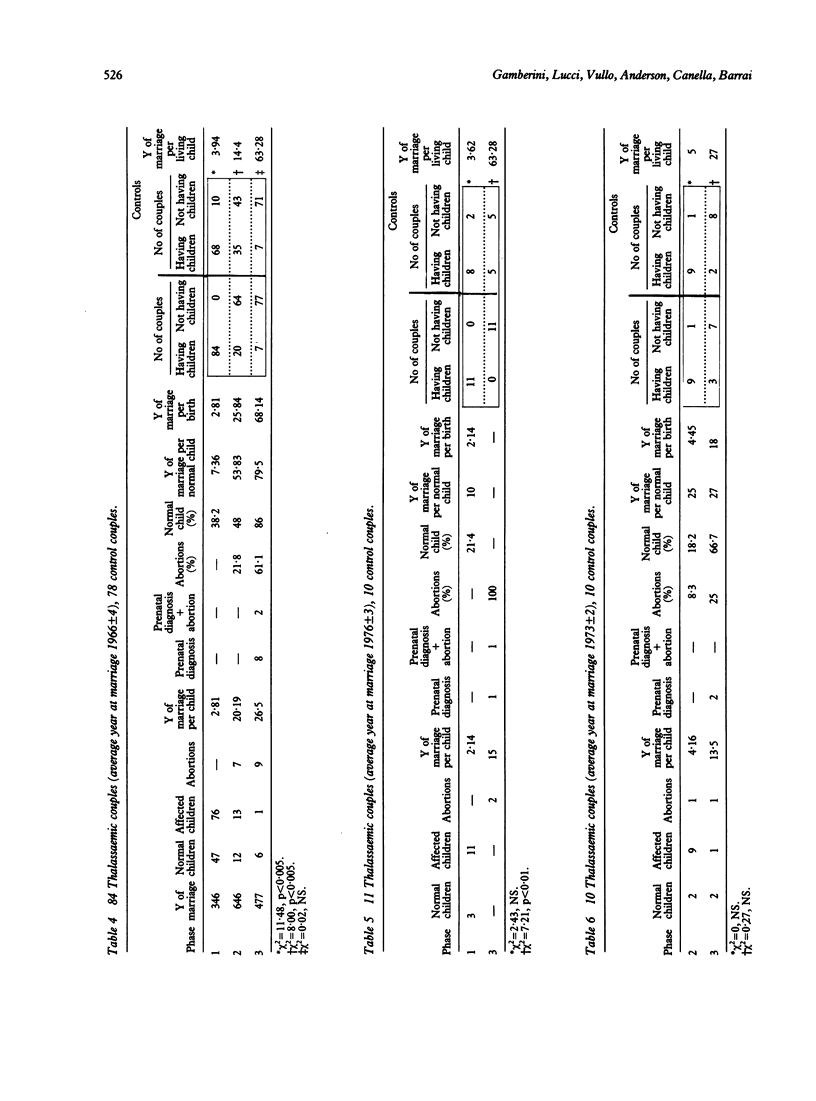

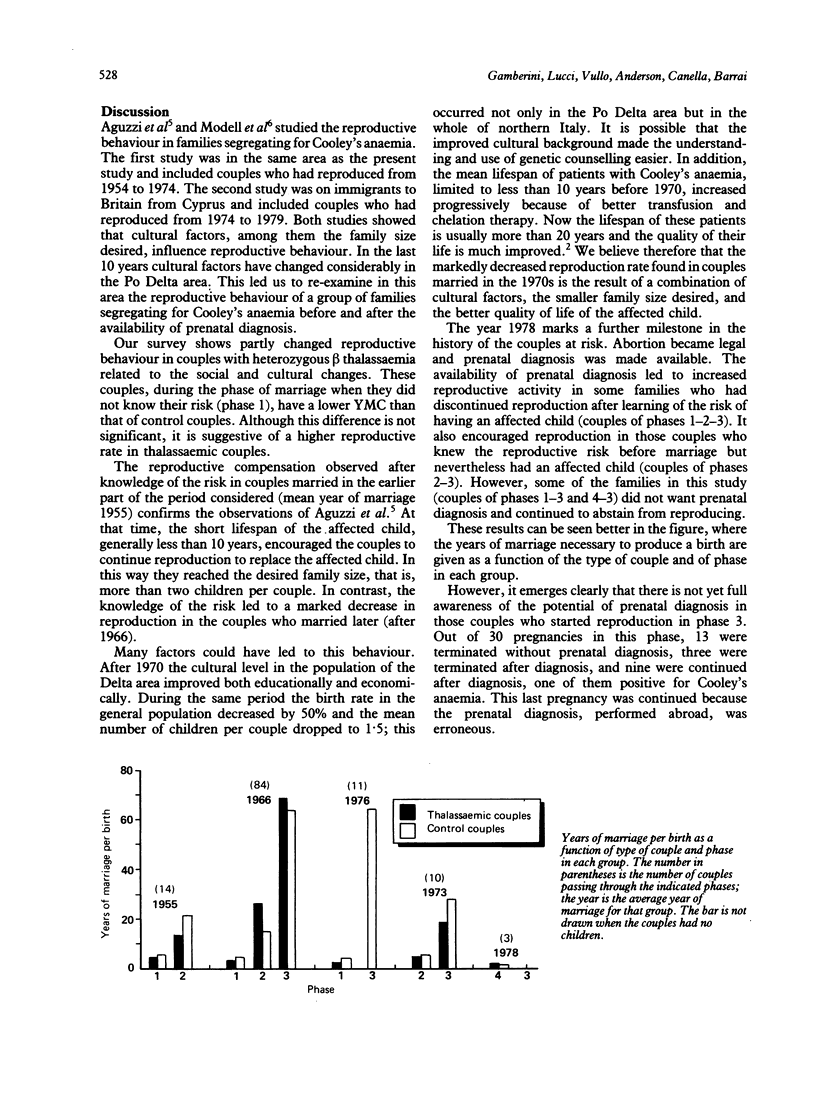
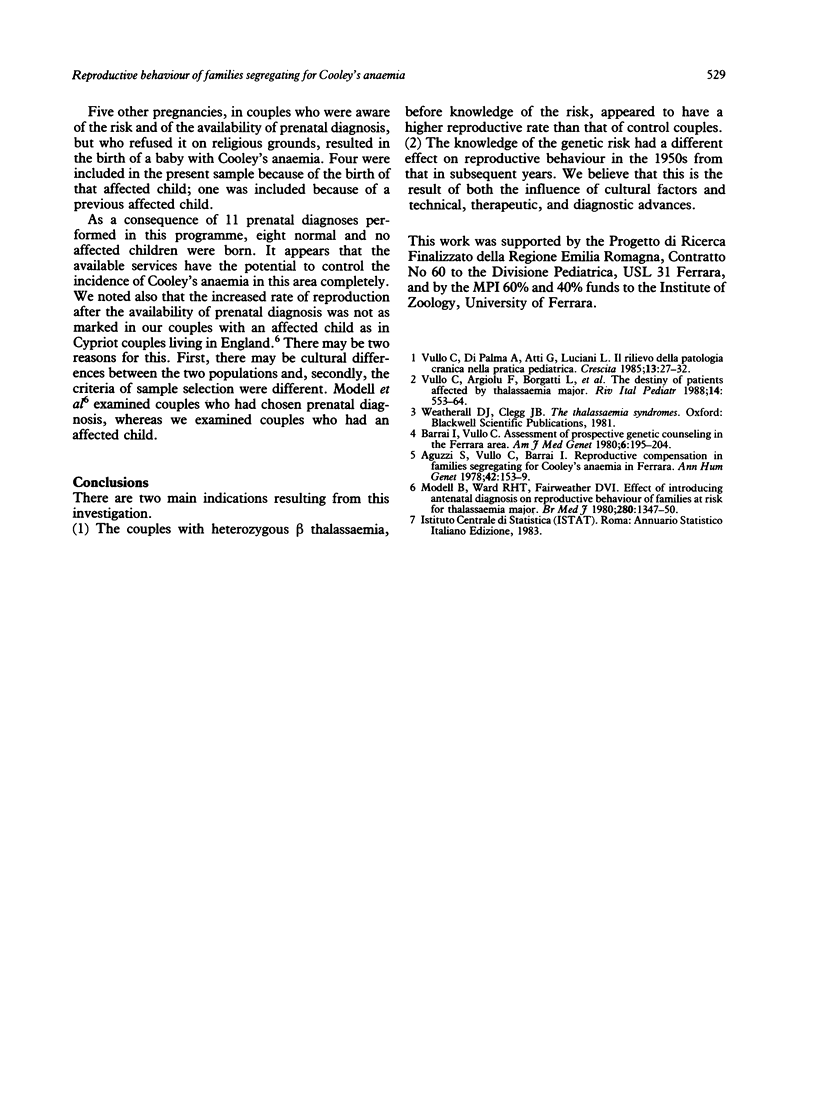
Selected References
These references are in PubMed. This may not be the complete list of references from this article.
- Aguzzi S., Vullo C., Barrai I. Reproductive compensation in families segregating for Cooley's anaemia in Ferrara. Ann Hum Genet. 1978 Oct;42(2):153–160. doi: 10.1111/j.1469-1809.1978.tb00645.x. [DOI] [PubMed] [Google Scholar]
- Barrai I., Vullo C. Assessment of prospective genetic counseling in the Ferrara area. Am J Med Genet. 1980;6(3):195–204. doi: 10.1002/ajmg.1320060304. [DOI] [PubMed] [Google Scholar]
- Modell B., Ward R. H., Fairweather D. V. Effect of introducing antenatal diagnosis on reproductive behaviour of families at risk for thalassaemia major. Br Med J. 1980 Jun 7;280(6228):1347–1350. doi: 10.1136/bmj.280.6228.1347. [DOI] [PMC free article] [PubMed] [Google Scholar]


